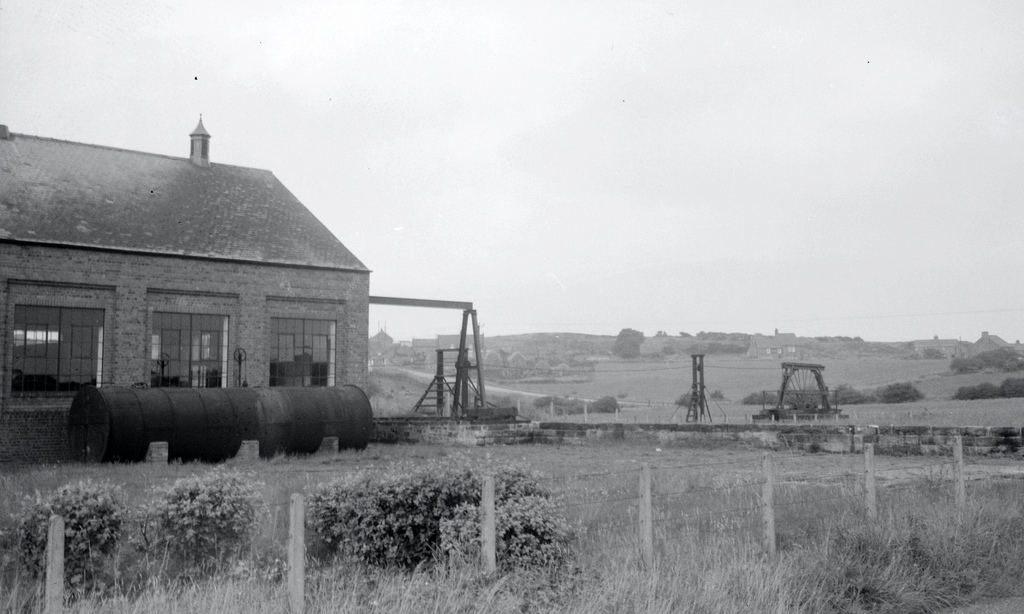
Springwell Colliery
Springwell Colliery
HER Number
2599
District
Sunderland
Site Name
Springwell Colliery
Place
Springwell
Map Sheet
NZ25NE
Class
Industrial
Site Type: Broad
Coal Mining Site
Site Type: Specific
Colliery
General Period
POST MEDIEVAL
Specific Period
Hanoverian 1714 to 1837
Form of Evidence
Extant Building
Description
Springwell Colliery was sunk in 1824 and opened by Lord Ravensworth and Partners in January 1826 as the hub of George Stephenson's system of rail and tramways linking the north Durham coalfield with the Tyne. It passed to John Bowes and Partners from January 1850. Its coal was mainly used to make gas. The colliery closed in 1932. The shaft was deepened in 1934-5 and a new engine house and headgear built, but production did not resume. In 1940 the shaft was sold to the Washington Coal Company Ltd for ventilation purposes, and finally closed in 1970. Surviving colliery features include the unique survival of a colliery courtyard surrounded by a fine group of 1830-40s stone built workshops (one with its original blacksmiths range), a stone built office range, heavily buttressed stone built coal store later converted into wagon and locomotive workshop serving the railway, a rare 1920s electricity substation, built to supply the colliery and railway, still operational with its original 1920s equipment. The site is nationally important for its incline railway features and surviving colliery buildings. SCHEDULED ANCIENT MONUMENT
Easting
428530
Northing
558890
Grid Reference
NZ428530558890
Sources
<< HER 2599 >> 1st edition Ordnance Survey Map, c.1855, 6 inch scale, Durham, 7
C.E. Mountford Bowes Railway Centre, A Visitors Guide
I. Ayris & S.M. Linsley, 1994, A Guide to the Industrial Archaeology of Tyne and Wear, p 3 and 41
E. Instone, 1994, Springwell Colliery, Monument Protection Program, Site Assessment
Northern Counties Archaeological Services, 2003, Bowes Railway - Springwell Workshops, Photographic Recording; Durham Mining Museum www.dmm.org.uk; North of England Civic Trust, 2009, Bowes Railway Conservation Statement
C.E. Mountford Bowes Railway Centre, A Visitors Guide
I. Ayris & S.M. Linsley, 1994, A Guide to the Industrial Archaeology of Tyne and Wear, p 3 and 41
E. Instone, 1994, Springwell Colliery, Monument Protection Program, Site Assessment
Northern Counties Archaeological Services, 2003, Bowes Railway - Springwell Workshops, Photographic Recording; Durham Mining Museum www.dmm.org.uk; North of England Civic Trust, 2009, Bowes Railway Conservation Statement